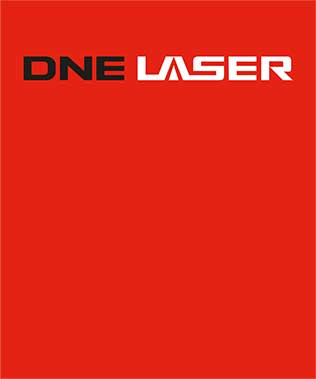How to improve the competitive advantage in metal manufacturing
Published:2021-01-14 Browse:57Editor in charge:DNE LASER
The flexibility of metal manufacturing begins with having the right tools and the ability to create competitive differentiation. This differentiated competition can be achieved in many ways: having skilled employees, maintaining efficient processes, owning machine tools that competitors do not have, producing parts faster and more economically than anyone else...
For example, although most workshops can handle flat sheet metal with their equipment, few can handle both sheet and tube materials, such as round and square tubes. This is where competitive differentiation begins to take root.
As a processing factory, we will never refuse orders and never know when the work of new customers will bring other opportunities in the future. The ability to handle pipes can represent such an opportunity, whether the opportunity is demonstrated through existing customers or through expansion to new customers, it will undoubtedly expand the flexibility and competitiveness of manufacturing.
For manufacturers, increasing laser tube processing capabilities is an opportunity to distinguish them from competitors and expand into industries that may not have been accessible before. Today's laser tube processing equipment can automatically load materials in large quantities, cut a variety of complex shaped tubes, and then automatically unload parts, making it possible to process tubes quickly and flexibly.
With this ability, the construction industry can look for many new opportunities, because structural pipes have been used in airports, sports fields, hospitals, university campuses, and other commercial and industrial applications where supporting pillars are erected. Opportunities also exist in the aerospace, defense, oil and gas, and transportation industries (such as commercial boom trucks and crane frames), to name a few.
When companies look for suppliers, they not only focus on price and delivery speed, but they are also simplifying their supply chain. Buying products from a single source is more convenient than buying from multiple sources. Produce products faster and more economically, and be able to produce multiple types of products at the same time, which will be more competitive than competitors. Doing both at the same time may become the customer's preferred "single source" supplier, which is a huge temptation for all manufacturers.
 Bystronic (Shenzhen) Laser Technology Co., Ltd.
Bystronic (Shenzhen) Laser Technology Co., Ltd.